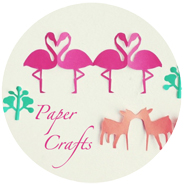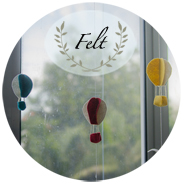I did not grow up liking Math.
Maybe I didn’t have a logical mind, or simply I learnt Math by rote and never really understood the principles and foundation of Math concepts.
Research have shown that children who learn Math through rote memorization will advance through the educational system until they reach Primary 3, which is when Math becomes confusing and becomes a difficult subject to manage. It is only then that the parent or the teacher will come to realize that the child never really had a basic understanding of Math in the first place.
Rather than teach Math through rote-memorisation and ‘drilling’ of facts and data, many researchers and educators support greater involvement with Math concepts in the early childhood years through activities that are hands-on (Hunter, 2000), natural (Clements, 2001), have meaning for children (Zanger 1998, Moyer 2000), and come from everyday life (Kilman 1999). Children should be given lots of opportunities to explore Math in the context of play.
Most children start to learn Math through the concept of numbers. This is a useful skill for a child to acquire, in learning to associate meaning with symbols. However, it does not give an indication of true understanding. As many children can count to high numbers, without having a basic understanding of what these numbers represent.
How Parents can Teach your Child Math
To help a child develop a conceptual understanding of Math. Math should be presented in a developmental sequence. Various concepts in Math can be brought across through scaffolding techniques, which will help the child to build a logical sequence of their understanding of the subject.

Math for a pre-schooler starts with the concept of exploration. Mums can start when their child is at toddler (from 2 years old onwards), and give their child hands-on, concrete experiences to experiment with attributes and properties of materials. Through these exploration experiences, the child will begin to;
1. Recognize similarities, differences, relationships of objects,
2. Then moving to the concept of classification,
3. Classification bridges the concept of patterns,
4. Which develops to the concept of more and less,
5. Then finally reaching number concepts.
Math Concepts through Literature-Based Learning
One of the most effective way I have experienced in teaching a preschooler Math concepts, is through the Literature-Based learning methods. I have used the Math Start Level 1 series of books (which is available for reservation through National Library Board), as well as a range of other titles from different authors.
In this blog series of Hands on Math, I will share hands-on, concrete activity ideas, so as to accompany and illustrate the Math concepts introduced from the recommended titles.
Here are the concepts that will be covered in the Hands on Math post series on this blog :
1. Exploration
2. Spatial Relationships
3. Classification
4. Patterning
5. One to One Correspondence
6. Ordering
7. Shapes
8. Numeration
References
———
For the 1st post of Hands on Math series, go to this post on Exploration.
For more articles on Home-Learning, go to the directory of Learning articles on this blog.





















